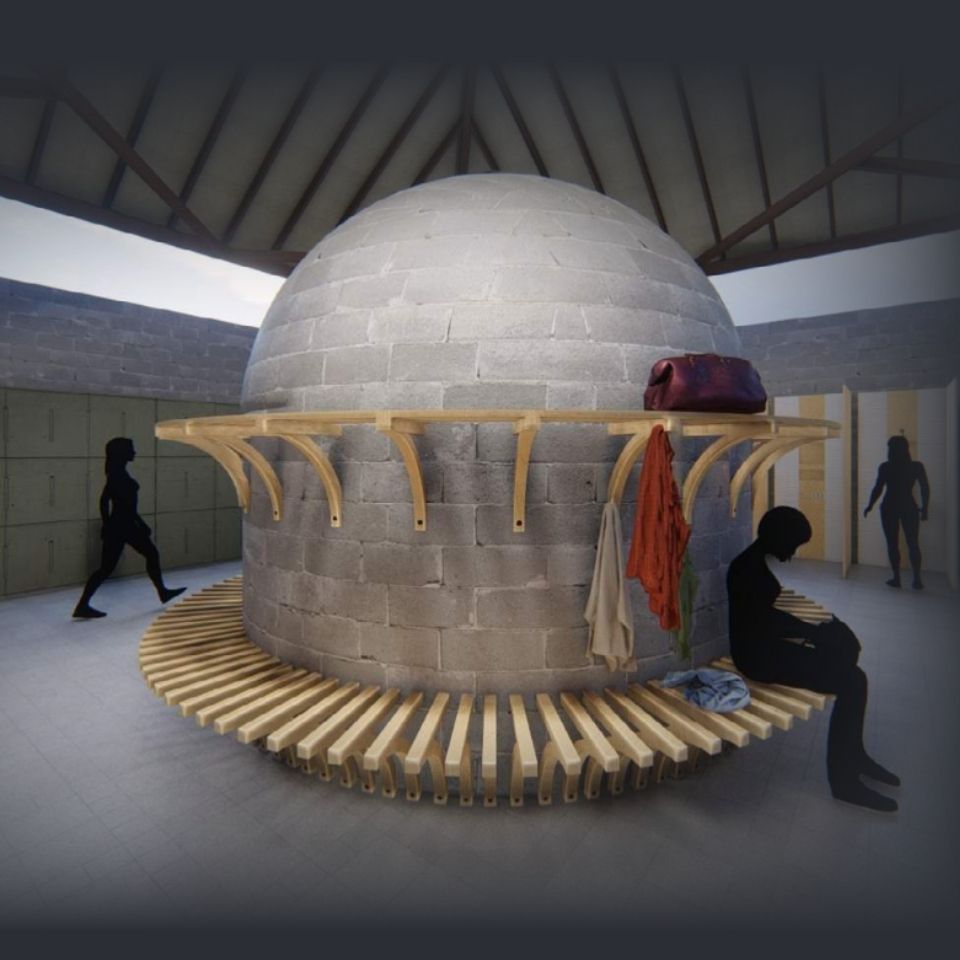Yanina Santos: ASID Student Portfolio Competition Winner

Design for me is a functional art. It must evoke feelings, like art, and it must be practical for its functional nature. With that being said, Interior Design is a functional art of space.
We spend most of the time in an enclosed space, surrounded by objects and barriers. I design interiors because I love organizing spaces. The idea that the quality of the surrounding space can affect our wellbeing was always essential for me. I am intrigued by how well-designed spaces guide people through without any signs or directions. There is a pure genius in finding the way to apply human intuition and experience to way-finding problems.
My design process always starts with a user. Who will inhabit the space? Who will visit the space? For how long? How often? Why? Without the user, space becomes emptiness. A room becomes a box. A building becomes a pile of blocks. The user defines the space and gives it meaning.
The design process continues with the existing conditions. Existing conditions fascinate me because they give the project context. Nothing is surrounded by nothingness. There is a world around any place and this world is filled with light, sounds, smells and people. And none of them are static. There is a constant movement and change happening and the space I am working with must benefit from it, not work against it. Opportunity is everywhere, it is only a matter of studying what I am working with and brainstorming what can come out of it.
The third driving force of my design process is knowledge. Everyday new materials are invented; they become stronger, cleaner and better. Everyday new buildings rise; they become taller, more efficient and more mind blowing. Everyday new trade tools come out: faster, more accurate and more collaborative. Unfortunately, more problems reveal themselves than solutions. I am talking about an ecological crisis. I feel obligated to be the part of the solution not part of the pollution and the only way to achieve it is through education and action.
Design is just like a math problem. Take all that is given in the problem, systematize it and then find a solution. Sometimes a solution is not obvious, and it feels like a dead end. And again, just like in math, all it takes is to go back to the beginning and try to find an alternative approach which sometimes is so simple that it is hard to believe that it will work. But simplicity is the key.
Learning never stops. It doesn’t stop in the classroom and it doesn’t stop when I turn off the computer. I learn about interior design solutions when I visit the new building of the Museum of Modern Art and I learn about interior design when I am on a subway stop. I am very fortunate to live in one of the most stimulating cities in the world which never stops giving me new lessons on human interaction with space and between each other.





